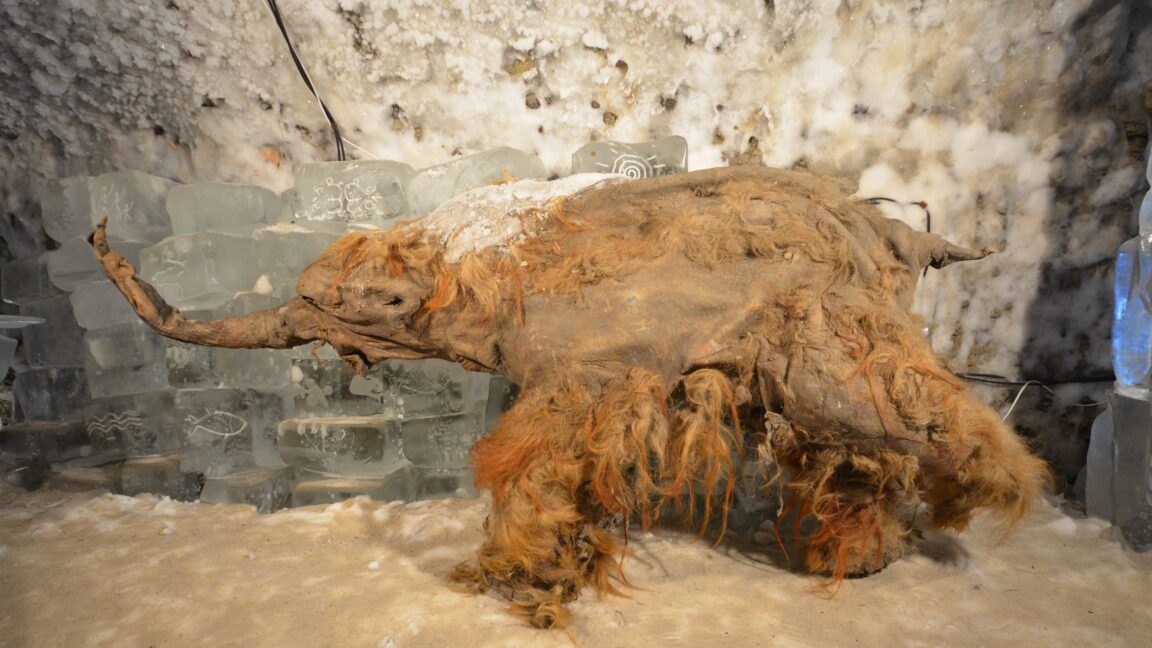
dogs came in a wide range of A recent study reveals that dogs exhibited a remarkable diversity in size and shape long before the establishment of modern breeds.
dogs came in a wide range of
Historical Context of Dog Domestication
The domestication of dogs is believed to have begun over 15,000 years ago, making them one of the first domesticated animals. This long history has led to a complex relationship between humans and dogs, characterized by mutual benefit and companionship. Early humans likely selected dogs for specific traits that aided in hunting, herding, and protection. As a result, dogs adapted to various environments and human needs, leading to the vast array of breeds we see today.
However, the recent findings by biologist and archaeologist Allowen Evin and her team suggest that this diversity in dogs is not solely a modern phenomenon. Instead, it has deep roots in the past, dating back to the Mesolithic and Neolithic periods. This challenges the conventional understanding that the variety of dog breeds we recognize today is a recent development influenced primarily by selective breeding practices.
Research Methodology
To arrive at their conclusions, Evin and her colleagues conducted a comprehensive analysis of 643 skulls from both dogs and wolves. The sample included:
- 158 skulls from modern dogs
- 86 skulls from modern wolves
- 391 skulls from archaeological sites, dating back as far as 50,000 years
The researchers employed advanced techniques to compare the size and shape of these skulls. By examining specific skeletal landmarks, such as bony protrusions where muscles attach, they quantified the differences between individual skulls. This quantitative analysis allowed them to assess the evolutionary changes in dog morphology over time.
Findings on Skull Diversity
The results of the study indicate that dogs living during the Mesolithic and Neolithic periods were surprisingly diverse in terms of skull shape and size. This diversity was approximately half that of modern dog breeds, suggesting that the evolutionary pressures that shaped these early dogs were significant. The findings imply that early humans may have recognized and valued this diversity, selecting dogs for various traits that suited their lifestyles.
Implications of Skull Diversity
The implications of this research extend beyond mere academic interest. Understanding the diversity of early dogs can provide insights into human-dog relationships and the roles that dogs played in ancient societies. For instance, the varied shapes and sizes of early dogs may indicate that they were used for different purposes, such as hunting, guarding, or companionship.
Furthermore, the study raises questions about the factors that drove this diversity. Environmental conditions, human preferences, and even the availability of resources may have influenced the evolution of dog morphology. This complexity underscores the importance of considering both biological and cultural factors in the study of domestication.
Comparative Analysis with Modern Breeds
Modern dog breeds are often categorized based on specific traits, such as size, coat type, and temperament. The American Kennel Club (AKC) recognizes over 190 breeds, each with its own unique characteristics. However, the study suggests that this classification may overlook the historical diversity that existed long before the establishment of breed standards.
For example, the stark differences between a Borzoi and a Boston terrier illustrate the extreme range of sizes and shapes found in modern dogs. While these breeds may seem vastly different, they share a common ancestry that is rich in diversity. The findings from Evin’s study highlight the importance of acknowledging this historical context when discussing dog breeds today.
Understanding Dog Morphology
The study’s focus on skull morphology is particularly significant because the skull is a key indicator of a dog’s overall health and behavior. Variations in skull shape can influence factors such as bite strength, jaw alignment, and even temperament. For instance, brachycephalic breeds, which have short skulls, often face health issues related to breathing and dental problems.
By examining the skulls of ancient dogs, researchers can gain valuable insights into the health and well-being of these animals. The diversity observed in early dogs may have contributed to a more robust gene pool, potentially reducing the prevalence of certain genetic disorders that are common in modern breeds.
Stakeholder Reactions
The findings of this study have garnered attention from various stakeholders, including archaeologists, biologists, and dog enthusiasts. Many in the scientific community have expressed excitement over the implications of the research, as it challenges existing narratives about dog evolution and domestication.
Dog breeders and enthusiasts may also find the study’s conclusions intriguing. Understanding the historical diversity of dogs could encourage breeders to consider traits that were valued in ancient dogs, potentially leading to healthier and more versatile breeds. This perspective may also influence breeding practices, steering them away from extreme traits that can lead to health complications.
Future Research Directions
The study opens several avenues for future research. One area of interest is the genetic analysis of ancient dog remains to better understand the genetic diversity that existed in early populations. This could provide further insights into how domestication has shaped the canine genome over thousands of years.
Additionally, researchers may explore the relationship between environmental factors and dog morphology. Understanding how climate, geography, and human lifestyles influenced the evolution of dogs can shed light on the broader dynamics of domestication.
Conclusion
The recent study led by Allowen Evin and her colleagues significantly enhances our understanding of the history of dogs. It reveals that the diversity we see in modern breeds has deep historical roots, challenging the notion that such variation is a recent development. By examining the skulls of ancient dogs, researchers can gain valuable insights into the evolutionary pressures that shaped these animals and their roles in human societies.
As we continue to explore the complex relationship between humans and dogs, it is essential to recognize the historical context that has influenced the development of our canine companions. This research not only enriches our understanding of dog evolution but also encourages a more nuanced appreciation for the diversity that exists within the species today.
Source: Original report
Was this helpful?
Last Modified: November 15, 2025 at 12:39 am
0 views















